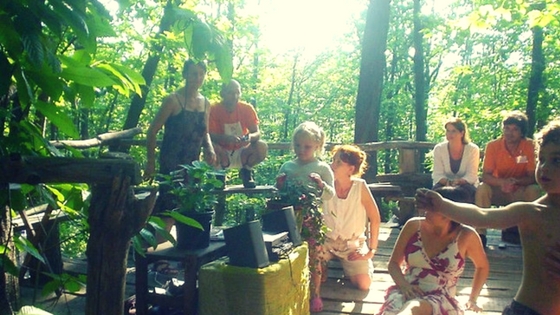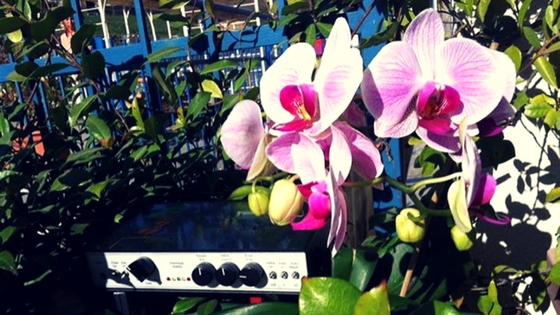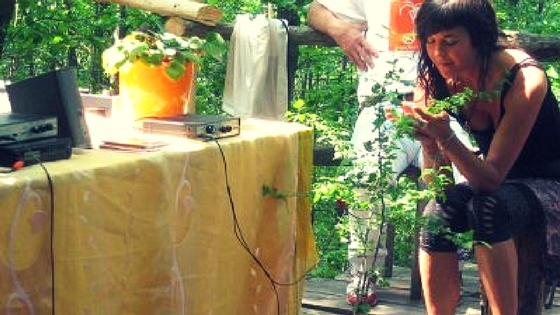It all started with a question that the founders of Damanhur asked over 40 years ago, “What if plants could interact in a sentient way with the environment, and also with human beings? What if it were possible to communicate with them, perhaps through emotions transmitted through music?”
From this hypothesis emerged research that has led us to develop a device that makes it possible for trees and flowers to produce musical notes, modifying the electrical conductivity of their leaves and roots. Today, after an infinite number of trials, many prototypes and transformations of the core technology to make it ever more accurate, we can say that plants understand that they are the ones who determine the sound pattern emitted by the device, and so they modulate it intentionally.
Plants do not just react to stimuli from the environment around them. They can also be “trained” to better use the device, to play music, responding to a human voice or instruments played by musicians. The plants “remember” their training, and over time they learn to interact with the public in an increasingly sophisticated and precise way.
Also, well-trained plants that are capable of playing with skill are then able to teach other plants, significantly reducing their learning times compared to the training conducted by humans.
In their genetic heritage, plants have a greater number of genes dedicated to the perception of the environment, more than the majority of animals. This is because they must be able to react very quickly – in their own way, since they are not able to get up and run away in case of danger. Among the many senses discovered in plants, the possibility that they have something comparable to hearing is emerging more and more.
In particular, the hypothesis that plants can perceive sounds is currently being explored by researchers at the University of Western Australia, as cited in a 2013 study in the scientific journal BMC Ecology. This study led to the discovery that plants not only can “smell” chemical substances and “see” the light emitted by their neighboring plants, which are communication modalities that are already known, but they can even “hear sounds” emitted by other plants.











